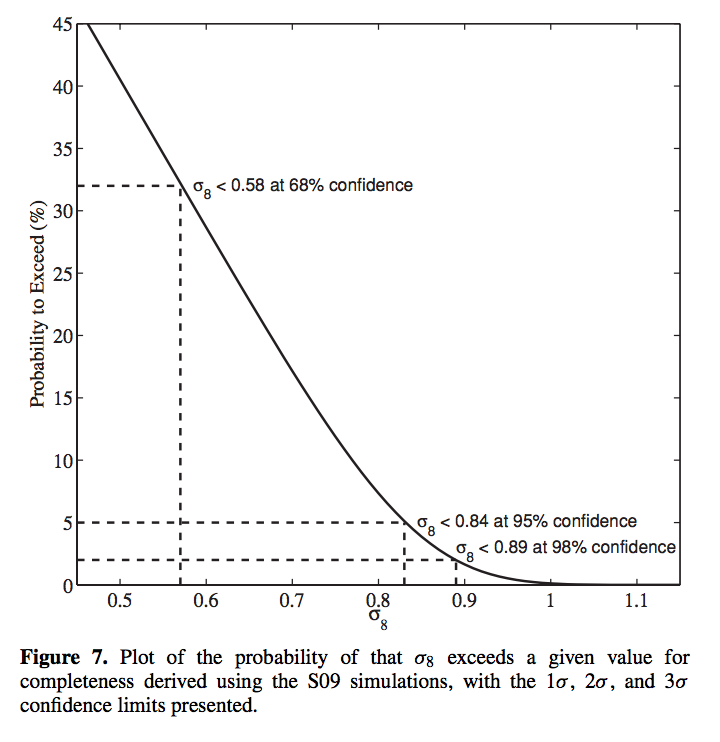PhD Thesis
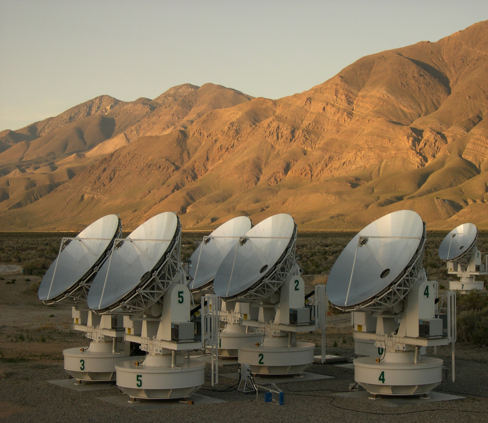
Photo Credit: E Leitch
 Photo Credit: E Leitch |
My PhD Thesis, entitled "A Search for Clusters of Galaxies with the Sunyaev-Zel'dovich Array" describes a search for clusters of galaxies clusters at 31GHz via their SZ effect. It contains a detailed description of the instrument and the commissioning observations of the Sunyaev-Zel'dovich Array. I also describe the SZA survey for clusters, beginning from data collection to the methods used to analyse the data. In addition, my thesis presents the following main results:
We present the analysis of comissioning observations of three
high-redshift X-ray selected clusters of galaxies (namely
Cl1226.9+3332, Cl1415.1+3612, and Cl1429.0+4241) whereby we obtain
estimates of the electron temperatures, gas masses, and total cluster
massses.
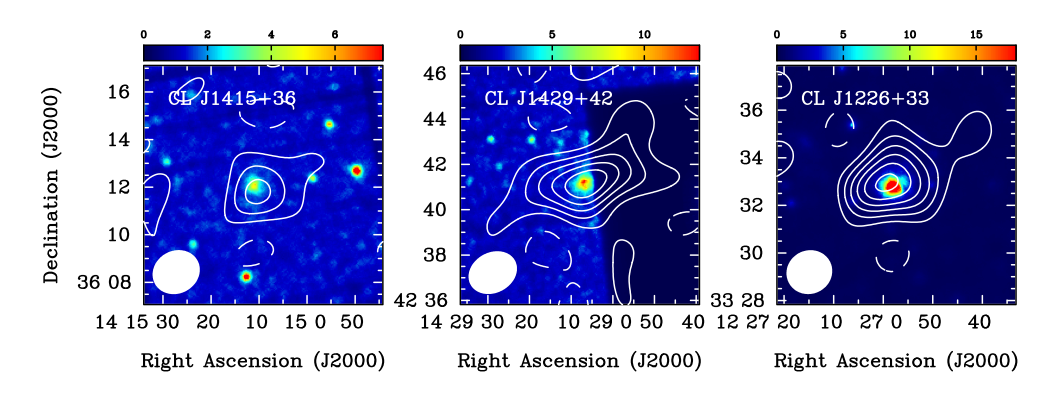
We present an analysis of SZA sky survey as it relates to extragalactic sources of emission. We detail the source extraction algorithm and the methods used to calculate the number density of sources. We compare our result to previous measurements, and find agreement. We also find disagreement with extrapolations from lower frequencies, and suggest a possibility to rectify the two methods.
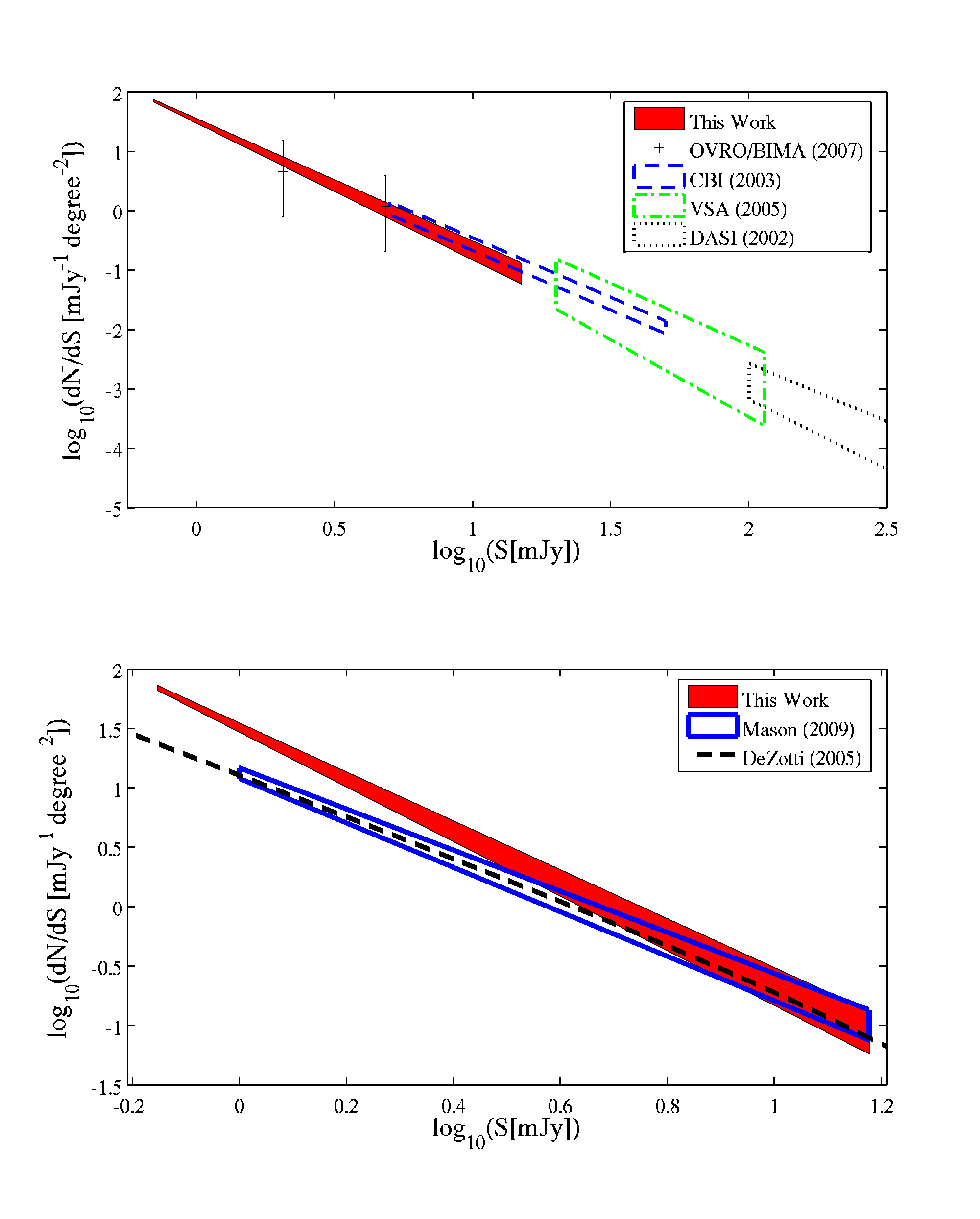
We present the analysis of one of the SZA sky survey which indicates the presence of diffuse emission that is spatially correlated with IRAS dust emission. We determine that the emission is real in this field, and postulate that it could be due to dust spinning in magnetic fields.
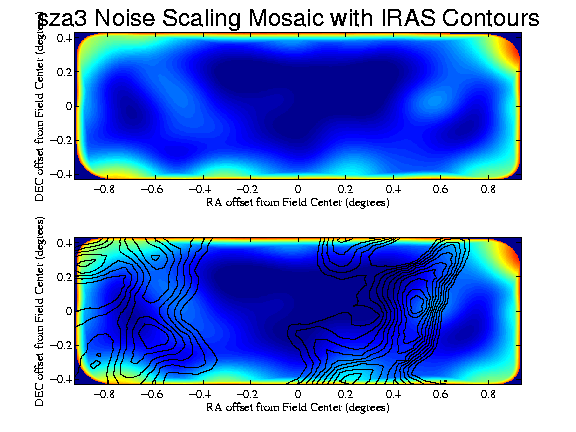
We present the results of an analysis of small survey for clusters of galaxies via their Sunyaev-Zel'dovich effect at 31 GHz. We estimate the cluster detectability for the survey using mock observations of simulations of clusters of galaxies to determine survey completeness. We detect no clusters at a significance greater than five times the rms noise level in the maps, and place an upper limit on the amplitude of mass density fluctuations on a scale of 8h^-1 Mpc. This result is consistent with estimates from other cluster surveys and cosmic microwave background anisotropy experiments.
